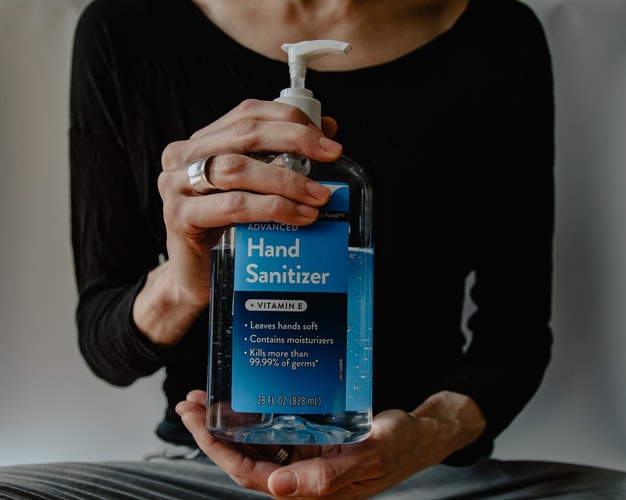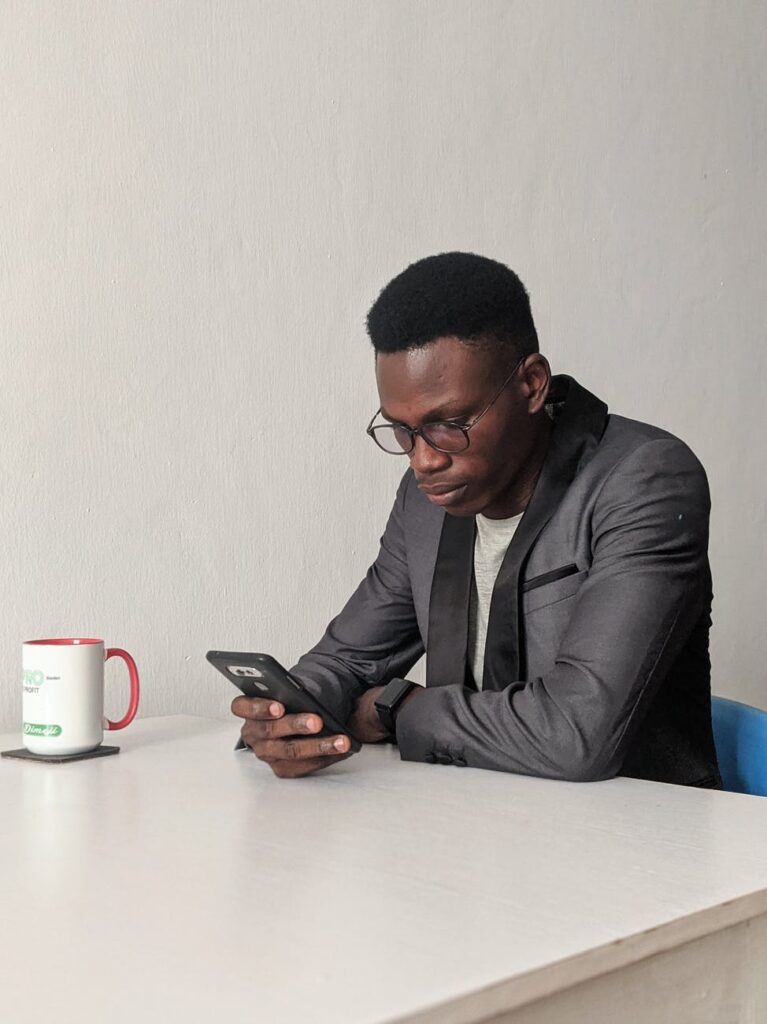Three key focuses of my blog are Financial Literacy/Money, Business/Entrepreneurship and Organizational and Management Discussions. When you’re running a business or an organization, one of your challenges is getting and keeping your you employee’s productivity up. It’s an important consideration as employee productivity is the lifeblood of your business or organization. The following contributed post is entitled, How To Get Your Employee Productivity Up!
* * *
If there is one thing that most employees of various businesses can agree on, it’s that they don’t feel motivated enough to give their all when they turn up for work. Everyone can sit at a desk and twiddle their thumbs while moving from task to task, but you want the people working for you to feel like they have some excitement – some reason to keep going!
Your people are going to create worth for your business, and you want to repay them for that. It’s their job to make money for you, and it’s your job to continue to make your staff feel inspired and like they want to be in your place of business. Of course, there is no true guarantee of being the best company in the eyes of your staff, but your ability to inspire hard work is important. So, let’s take a look at how you can get your productivity up in your employees!

● The very first thing that you can do is get to know your staff. Your employees are so much more than just a job title and a list of skills on a resume. You want people in your business that you can have fun with and build up an office camaraderie with; and you need to get to know them for that to happen. You do need to make sure that you keep your personal and professional lives separate, but it’s still important to get to know them on a personal level.
● Planning events with Mtievents.com can help you to offer your employees something real to aspire to. Fun has to be a part of the business mix, and you can inject it in so many more places if you have regular events planned. Incentivising your staff is vital for productivity, as is planning your next business party!
● One of the most important things that any business needs is open communication with their staff. Your people should feel like they can come to you with anything, and demonstrating an open door policy is so important for that to occur. Don’t forget that your staff will likely have problems outside your business, so if you’re showing that you can offer them support at work, you’re going to do well at motivating them.
● Training is one of the biggest tools that you have for success in your business. Education allows people to scale up their skills and progress and while that may mean they progress beyond your business, it’s a part of your job to ensure that they have the best possible future. From in-house training to e-learning, you have options to give your staff. Why not lay them out to them and offer help?
People who work for you should feel like they have something to work for. It’s up to you to motivate and inspire people and it’s up to you to ensure that you are offering something that they cannot say no to. Try the tips above and make it work!











